Apples and Oranges: Shooting with the Lomo LC-A 120 and the Holga N
6 29 Share TweetA long-time fan of plastic cameras, Argentinean writer and photographer Lorraine Healy is the author of “Tricks With A Plastic Wonder,” a manual for achieving better results with a Holga camera. In this article, Healy compares the images taken with a Lomo LC-A 120 and a Holga N.

The phrase goes “you cannot compare apples and oranges.” True, so why would I attempt to put a LC-A 120 against a Holga? In a word: curiosity. I was just curious to see the actual differences, side by side. So after I put a few rolls through the LC-A 120, I took it on a three-week road trip and made a note on my copybook to pick a place, load the LC-A 120 and a Holga N with the same film, from the same batch, and shoot each roll identically. One shot with the LC-A 120, one shot with the Holga without even moving. Then I would take a look at the results when the film came back later.
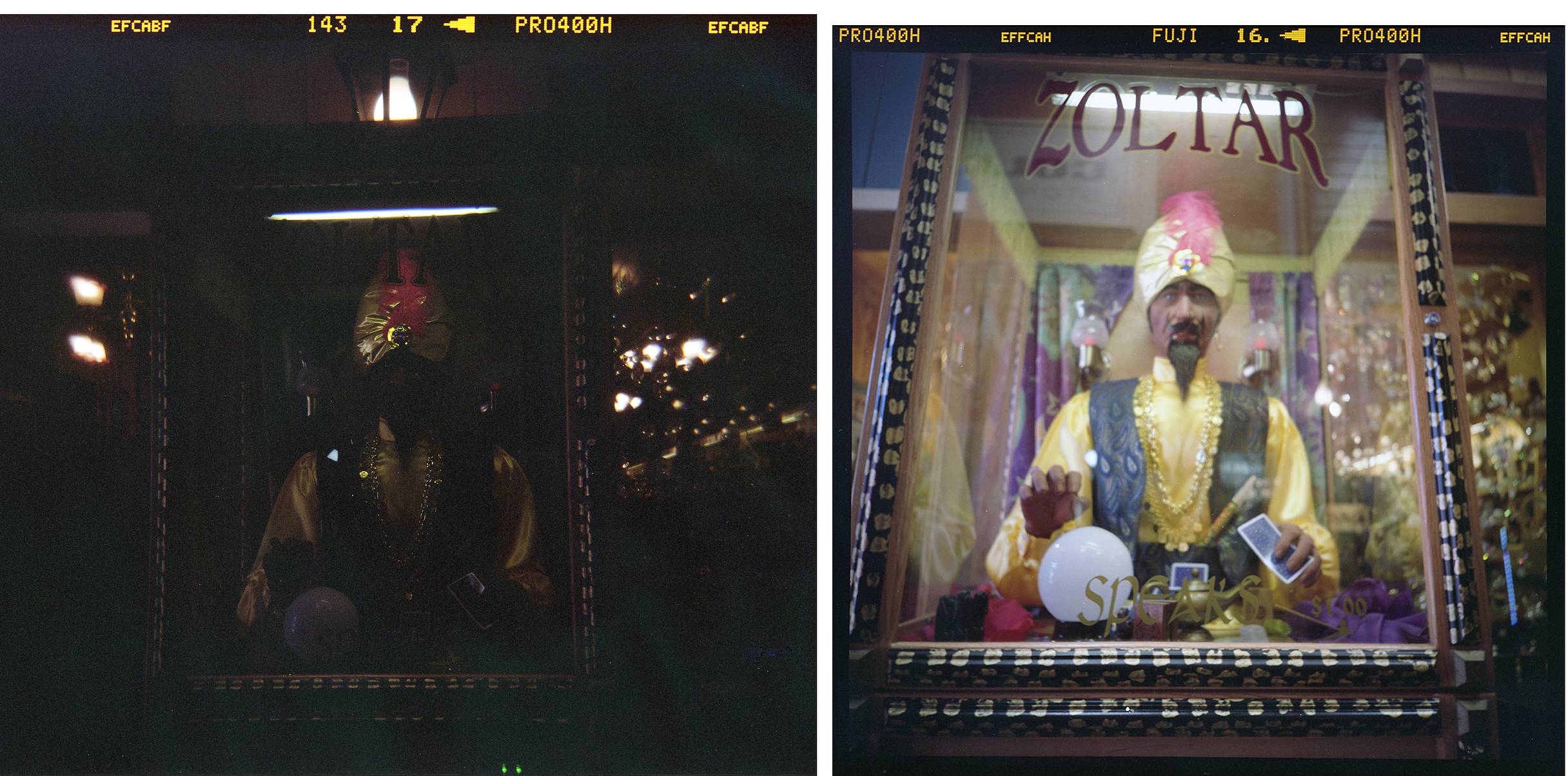
The place to do it became obvious miles before I found a free parking spot on the enormous, never-ending parking lot. Wall Drug, known as the biggest tourist trap in the USA, in Western South Dakota. Now, when you read “biggest tourist trap” and “drugstore,” your mind probably thinks of one big, big, big building, does it not? That’s what I had thought, passing the countless billboards advertising the place. What I did not imagine is that Wall Drug is the ENTIRE (small) town of Wall, South Dakota. Yes, there are a couple of service stations, some fast-food places a few blocks of houses where (one imagines) the employees of Wall Drug live. The rest of the town, maybe four blocks by five or six blocks, is a series of connected stores that collectively constitute one of the greatest temples of kitsch in the U.S., Wall Drug.

The chosen film was my favorite, Fuji 400H, both rolls were from the same box of fresh film. My plan was to do some shooting inside, some outside, but I ended up shooting more inside—there was just so much interesting stuff! I realize now that I should have done more testing at other points of the trip. I know I will keep “testing” them side by side, moving forward. I also want to do a test putting the same roll through my Yashica Mat 124G and the LC-A 120. So expect more of these experiments in the future.
I love medium format square images. Since 2002, I have used a Yashica 124 Mat G (which now feels too heavy for me to carry around) and a whole series of Holgas, the plain basic model. Part of the reason I have always carried around so many Holgas is to have the flexibility of having different speed rolls loaded into each of them. The fact that the LC-A 120 can handle all sorts of situations (interiors, exteriors, bright light, overcast or rainy day) with an ISO 100 roll was a big selling point for me. In this sense, it makes it a real alternative to my Yashica TLR as a portable travel camera. And they sell for a comparable price, since a used Yashica 124 TLR in excellent condition will cost as much as a brand-new LC-A 120.
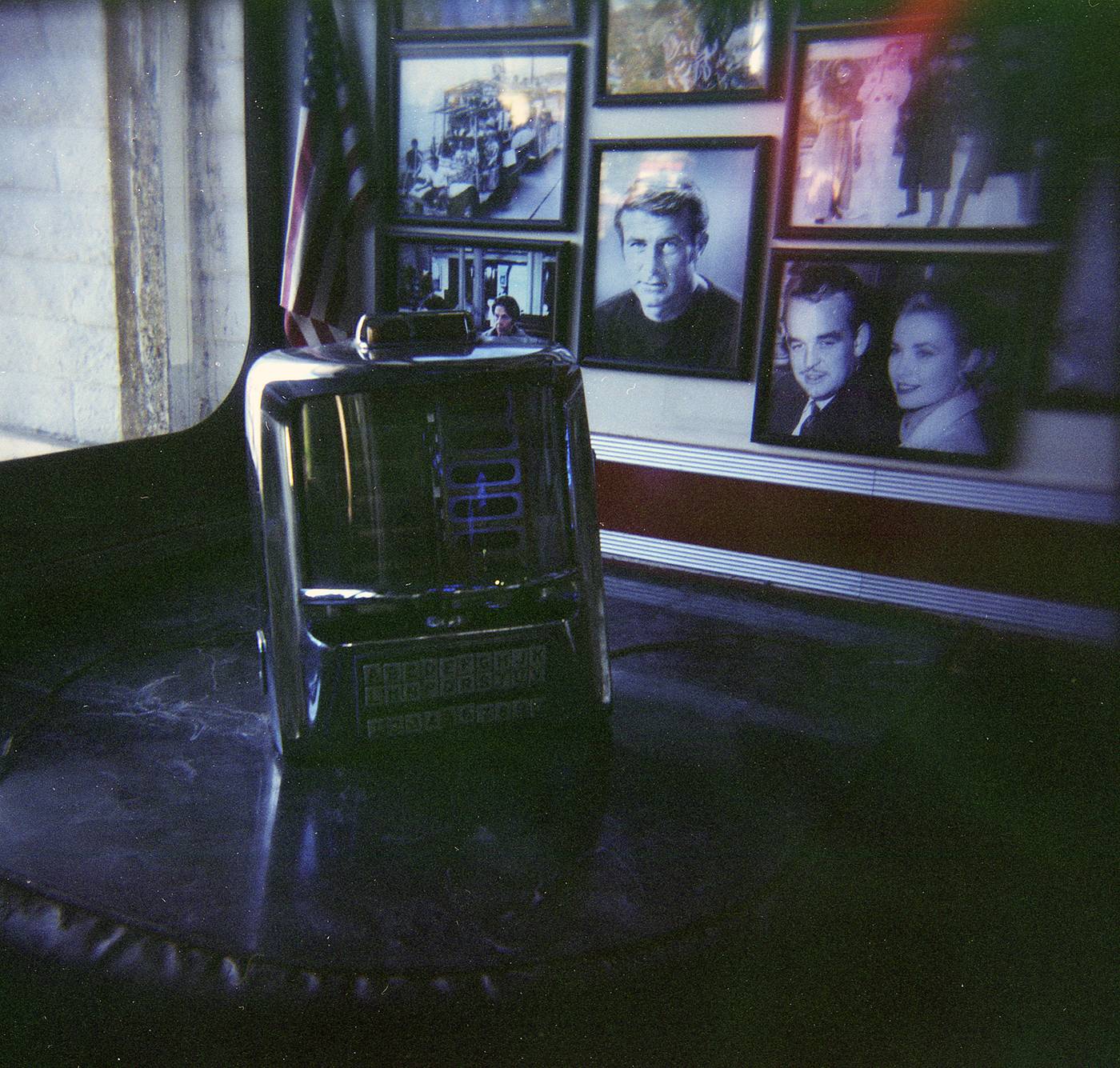
Is there a better deal on the planet than a plastic medium format camera offering two sizes of image for less than U$50? The Holga is quirky by definition precisely because it is so inexpensive. You can have a ton of them and go out with several loaded with different ISO films and there--all of your potential needs are met. But sometimes it is just impractical to have so many cameras on you. Sometimes, it's not even allowed. There is also a dreamy softness inherent in the Holga that makes it the perfect vehicle for a certain kind of shot. For me, like this one, in Elk City, Oklahoma, on Route 66.

So, don’t get me wrong: I am not badmouthing the Holga! The LC-A 120 is a different kind of tool with a glass lens that reacts to the levels of light the photometer detects and chooses its aperture accordingly. Anyone who has shot with the original LC-As knows its aesthetic and loves it: strong vignette, saturated colors, significantly lighter center of the image. You need to put the LC-A 120 through a few rolls in different conditions and you might decide that maybe that significantly lighter center requires compensating or you might lose the highlights. It’s not a bad idea in strong light to put in a Fuji Velvia 50 roll at ISO 100 in the meter, for example. Lomo friend @oriolphotography, a more seasoned LC-A 120 user than I am, confirmed the wisdom of overexposing on the meter, so that less light comes into the central area of the image.

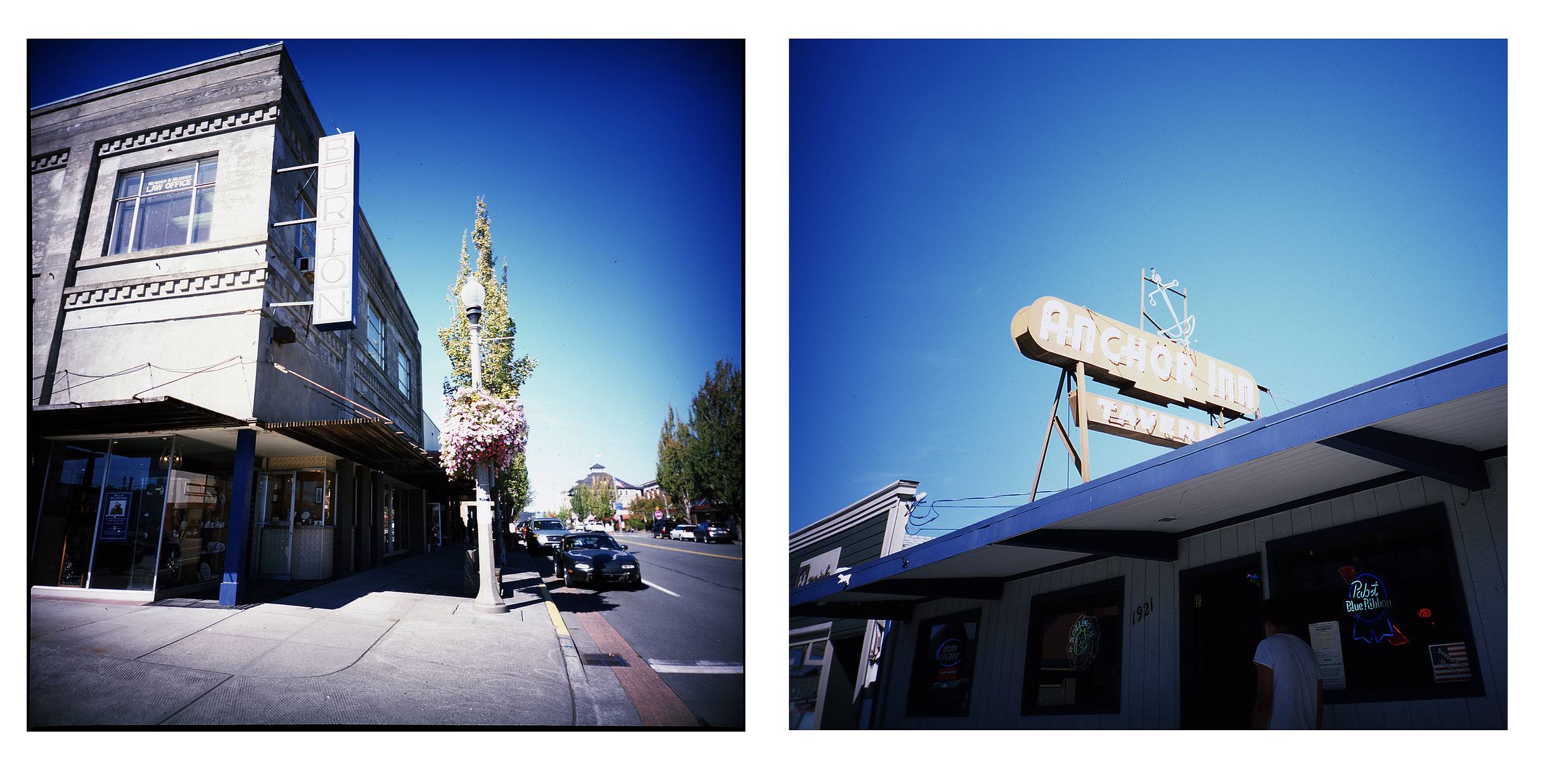

For a color fanatic such as myself, the strong, punchy colors I get with the LC-A 120, no matter which brand or speed of film I use, are part of the seduction. The lightness of the camera,portability and ease of use, make it the perfect medium format travel camera. It’s fast and versatile, essentially a “medium format point and shoot.”
Is it for you? It took me quite a while to save enough to get the LC-A 120 and I know there are quite a few of my Lomo friends who are doing the same, saving their cents. If you love the Holga and Diana look but desires a sharper result while not having to juggle around two or three plastic wonders loaded with different speeds of film, the LC-A 120 is the answer to your prayers.
Lorraine Healy (@lorrainehealy) is an Argentinean writer and photographer living in the Pacific Northwest. A long-time fan of plastic cameras and she is the author of “Tricks With A Plastic Wonder,” a manual for achieving better results with a Holga camera, available as an eBook from Amazon.com.
written by Lorraine Healy on 2017-02-01 #gear #medium-format #color #gear #holga #us #wall-drug #south-dakota #lc-a-120 #fuji-400h





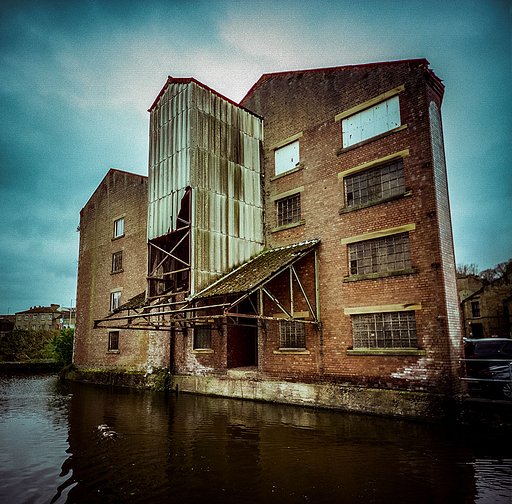






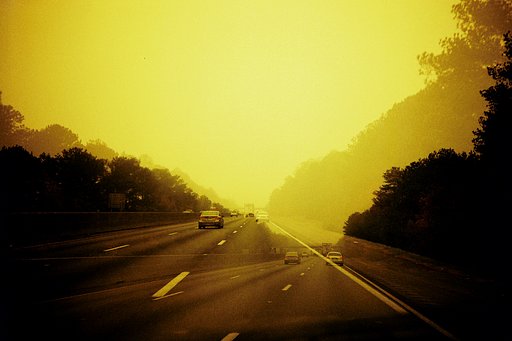






6 Comments